The use of radiation therapy to treat tumors is another recent advancement in medical technology becoming more and more common.
Recent developments have made this approach less intrusive and more cost-effective than traditional treatments, such as surgery and chemotherapy. It has also demonstrated better performance than these approaches in the treatment of many types of tumors.
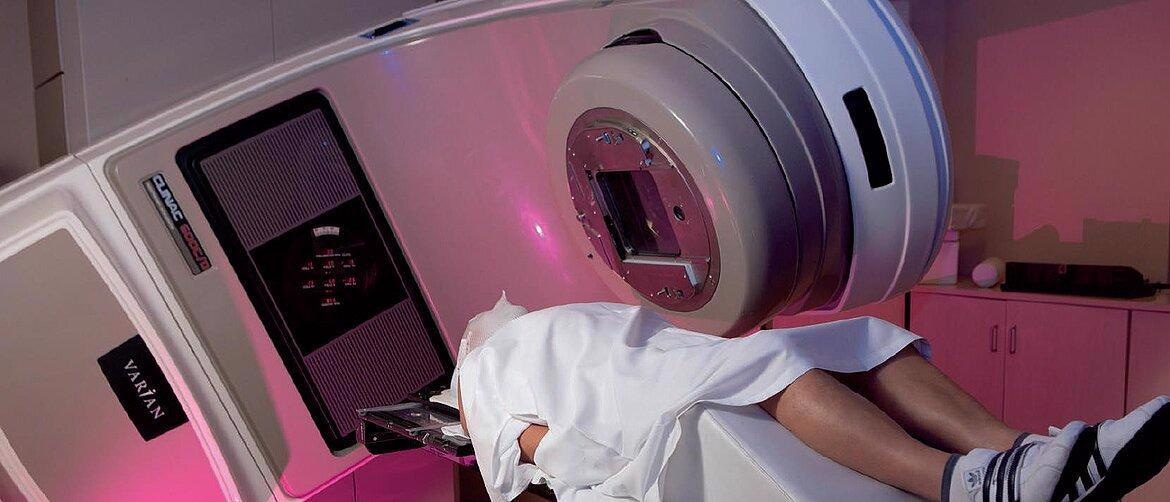
Image Credit: PI (Physik Instrumente) LP
Motion and positioning systems are often used in external beam radiotherapy which is typically applied to tumors located in the breast, head, lung and prostate. The goal of this treatment is to eliminate tumor cells without harming the healthy tissue around them, requiring the precise positioning of the patient relative to the beam.
A positioning resolution of up to 0.03 mm is recommended, based on the average size of human cells.
Applications of Image Guided Radiotherapy
Many current installations are comprised of IGRT (Image Guided Radiotherapy) systems. These systems typically utilize one or more methods to ascertain the position of a topical patient and tumor prior to and during radiation treatment.
These methods include:
- Optical body surface profiling
- X-ray scans
- Magnetic resonance imaging (MRI)
- Thermal imaging (an extra means of monitoring the patient’s position)
These methods aim to ensure patient-friendly, frameless stereotactic radiosurgery (SRS); for example, in the treatment of brain tumors.
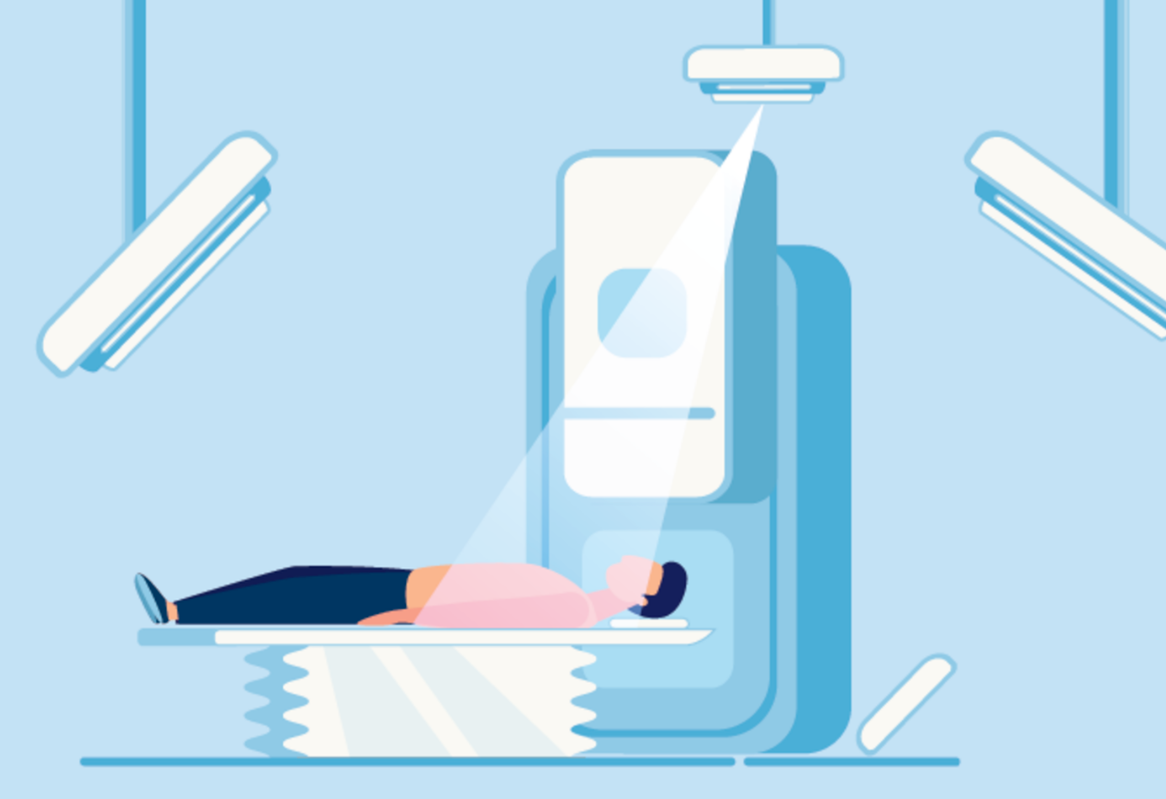
Optical body surface profiling based on visible light. Image Credit: PI (Physik Instrumente) LP
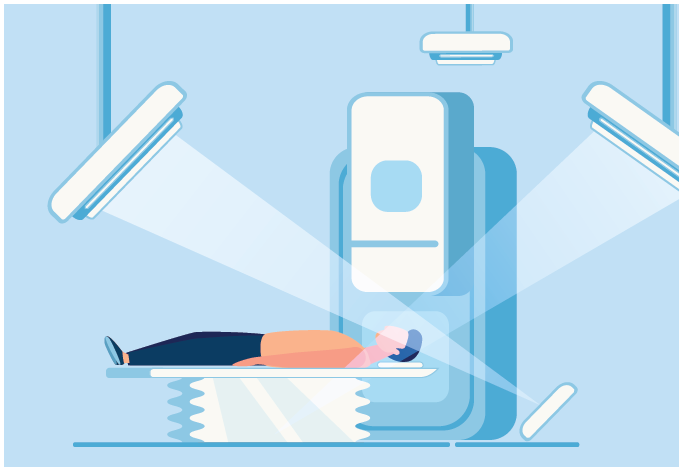
X-ray scans precisely determine the position and the topical position of the tumor. Image Credit: PI (Physik Instrumente) LP
When using LINAC based devices, the patient must be precisely positioned in relation to the 3D recorded data and radiation source. This is done by superimposing images that have been previously taken.
A multi-degree of freedom (DOF) operating table (patient couch) is key to the precision of this process. This table is used to move and orient the patient into the correct position prior to the radiation treatment commencing.
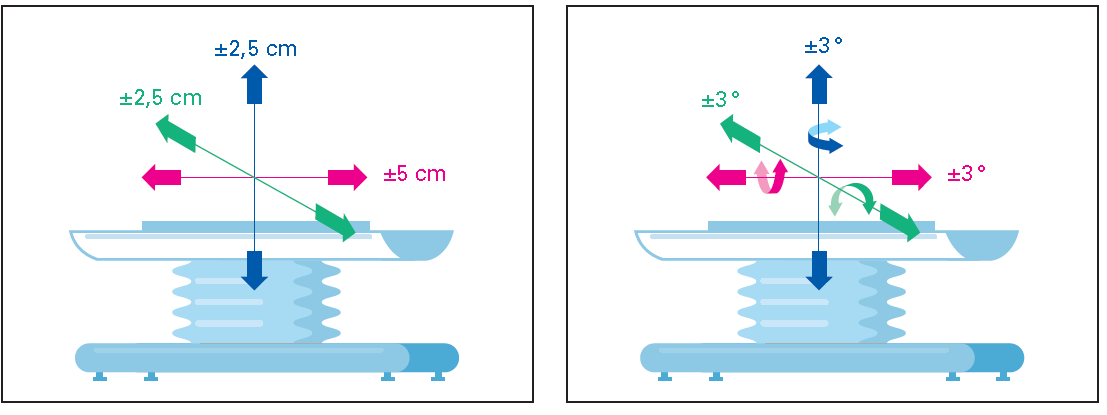
To correctly position the patient to the radiation source, the operating table needs to be moved with six degrees of freedom: Three linear directions (X, Y, Z) and three rotational directions (ΘX, ΘY, ΘZ). Precision better than 0.1mm is required along with a load capacity of 200kg (440lbs) or above. Image Credit: PI (Physik Instrumente) LP
A multi-degree, 6-axis couch can be dynamically adjusted during the radiation treatment to counter any unwanted motion, though this typically requires extremely high precision and high load capacity of >400 lb.
PI’s hexapod 6-axis parallel kinematic positioning systems confidently meet these requirements, along with a freely programmable motion of 6 degrees of freedom.
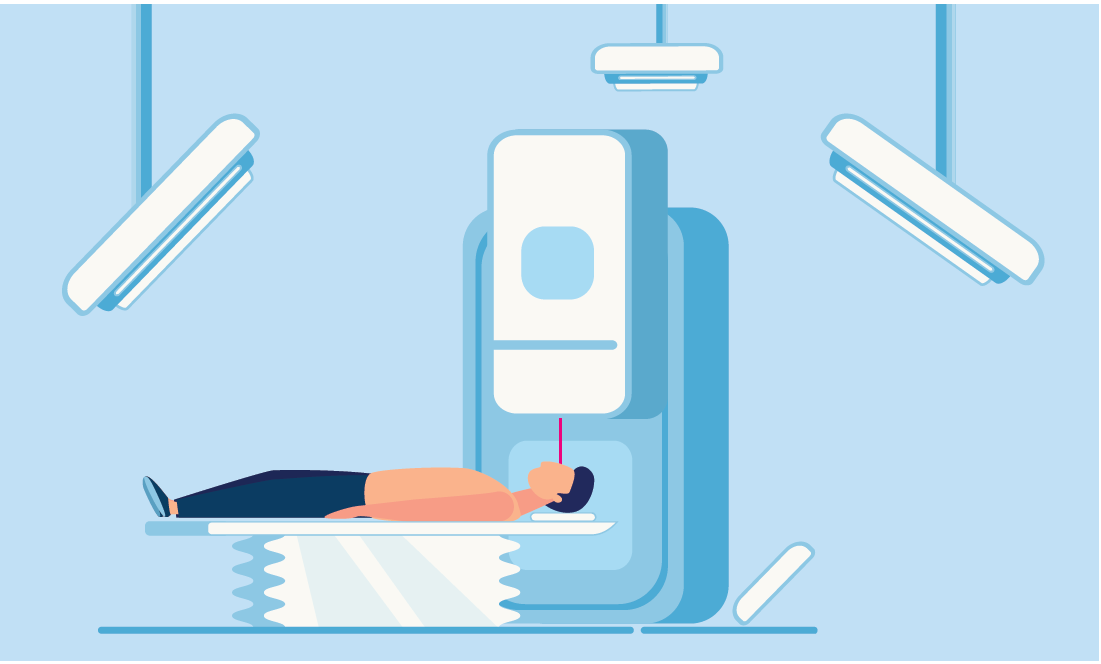
The radio therapy can only begin after the patient and tumor have been positioned correctly to the beam. Image Credit: PI (Physik Instrumente) LP
Multi-Axis Motion and Positioning Solutions from PI
Hexapod parallel kinematic motion devices (a name derived from the Greek for six legs) are motion platforms controlled via a total of six actuators (struts). These struts act together on a single platform, facilitating movements in 6 degrees of freedom.

Examples of custom hexapods - rectangular hexapod design and circular hexapod design. For either case, 6 actuators, located between a bottom and top frame, control the three linear (X, Y, Z) and rotary positions (ΘX, ΘY, ΘZ) of the top platform precisely, based on input from the hexapod motion controller. Image Credit: PI (Physik Instrumente) LP
PI has over 30 years of experience in the design and manufacture of a wide range of hexapod mechanisms and controllers. The company also offers hexapod-specific software, including designs for patient positioning couches.
As well as approximately 100 standard models, PI has developed a number of custom models, meeting specific customer needs in terms of positioning, resolution (nanometer to sub-millimeter), speed, size, shape, cost, dynamics, size and payload (from ounces to several tons).
Hexapods offer a range of key advantages, including improved accuracy, higher stiffness, lower mass and a more compact design than traditional approaches to 6-axis motion systems.
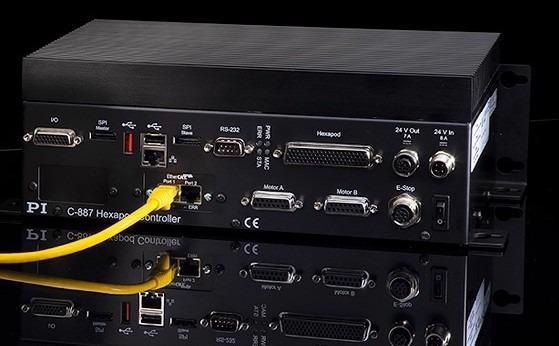
PI’s C-887 Hexapod Motion Controller – the 5th generation of in-house designed controllers. PI hexapod controllers provide a large amount of advanced features. All motion commands are easily programmable in Cartesian coordinates, including a virtual, user specific pivot point (center of rotation). Communication is via a number of digital interfaces, including industry standard EtherCat connectivity. Additional analog interfaces can be used for alignment sensor or force sensor feedback, and two more motor outputs can operate auxiliary positioning devices. Image Credit: PI (Physik Instrumente) LP
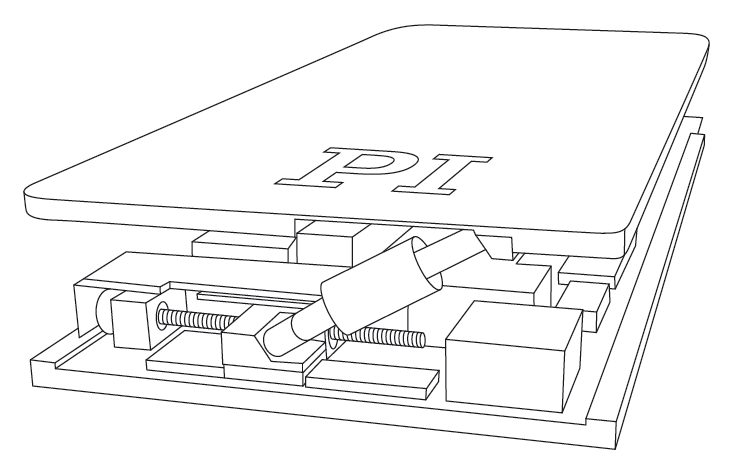
Basic design of a low profile, 6-axis hexapod for patient couches. Image Credit: PI (Physik Instrumente) LP
Hexapods are ideally suited to positioning patients for radiotherapy, and PI can provide positioning systems with rotary, plain or linear motion; or any combination of these approaches.
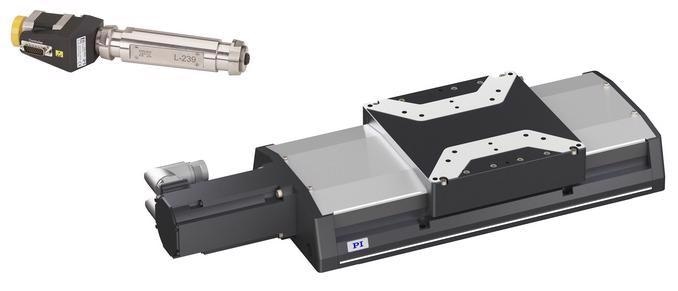
Examples of Linear Motion Stages and Precision Actuators. Image Credit: PI (Physik Instrumente) LP

This information has been sourced, reviewed and adapted from materials provided by PI (Physik Instrumente) LP.
For more information on this source, please visit PI (Physik Instrumente) LP.